Since arriving back home, I chose to explore and deepen my understanding of the woods I spent a great amount of my time growing up in. Many summer days were spent with my sisters down by the swampy area trying to catch frogs and other creatures, and the hilly trails were perfect for sledding in the winter. For the first time, I examined the trees and discovered numerous eastern white pine, northern red oak, yellow birch, red maple, sugar maple, white oak, and boxelder. All of these trees are common in the Burlington area and I have observed during my time spent in Centennial Woods. The woods are never quiet, as I walked through I was surrounded by the calls of birds and noises of small mammals scurrying about, which I especially enjoy taking photos of and have added above. Similar to Centennial Woods, there is clear evidence of human interaction with the land. There are planks of woods as small bridges across the swampy ground, an old broken up picnic bench, and I saw a ledge to climb up onto on a large tree. This is probably for hunting considering deer are very common in the area and in these woods in particular.
Changes in Vegetation II
08 Nov 2020 Leave a comment
As the weather continues to become cooler, peak foliage has passed and the forest loses its color. Many deciduous trees have lost all of their leaves while others are still holding on, including Norway Maple. The needles of Eastern white Pine have receded upwards, only the very top has them. Since my last visit, there are many more dead fallen trees.
Changes in Vegetation
25 Oct 2020 Leave a comment
Throughout the month I have observed the physical changes of plant life in Centennial Woods as a result of the cooler autumn weather. The trees are beautifully colored red, orange, and yellow and are becoming more bare as the leaves fall. I also observed many young trees that were not able to survive with the weather change and older bent trees due to wind. Paper birch trees in particular are peeling more with pieces surrounding the base of the trees, as shown in the photo.
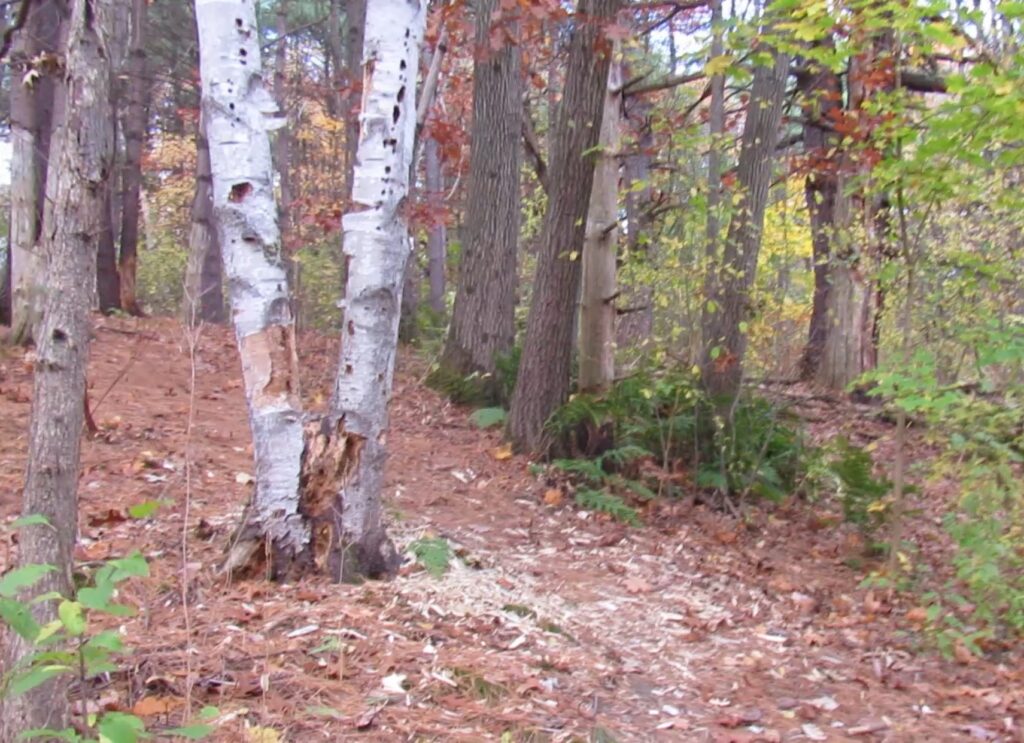
Wildlife
25 Oct 2020 Leave a comment
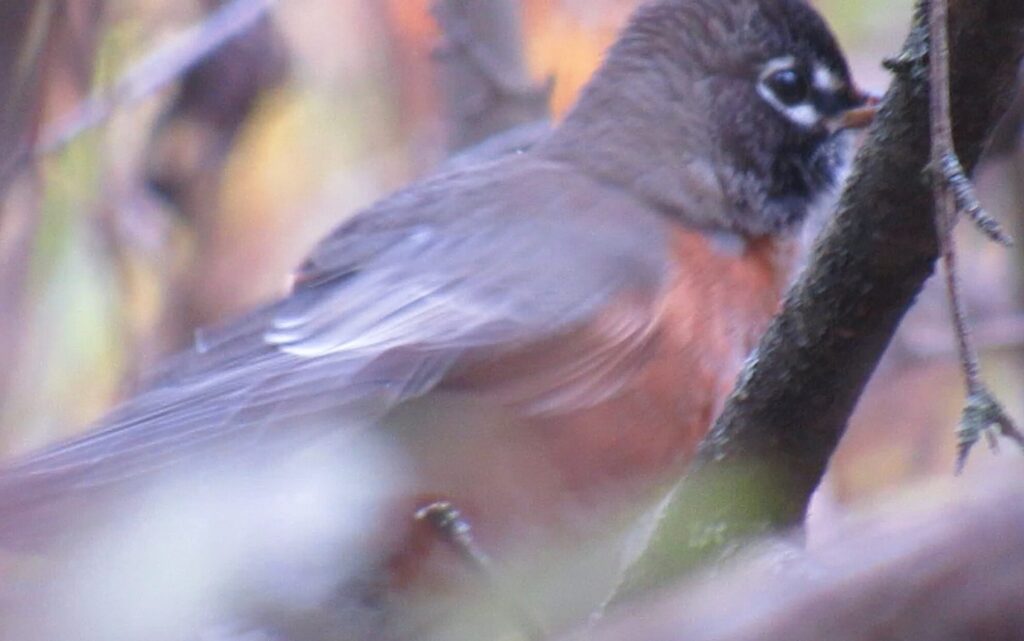
Centennial Woods are flourishing with a wide variety of birds. I have seen robin the most (shown in photo), I watched one swoop down to a small stream where it caught a small organism from the water then brought it back up to their nest. The largest bird I observed was a Great Blue Heron, these are common throughout the United States especially near rivers, wetlands, and streams. They can also be identified by their large distinguishable nests. Along with birds, small mammals in Centennial woods include squirrels, chipmunks, and beaver. It is easy to determine if beavers are in the area by the distinct cone shape left on tree stumps. Squirrels are very abundant and are found chasing each other up the trees.
Hello world!
11 Oct 2020 1 Comment
Welcome to UVM Blogs. This is your first post. Edit or delete it, then start blogging!
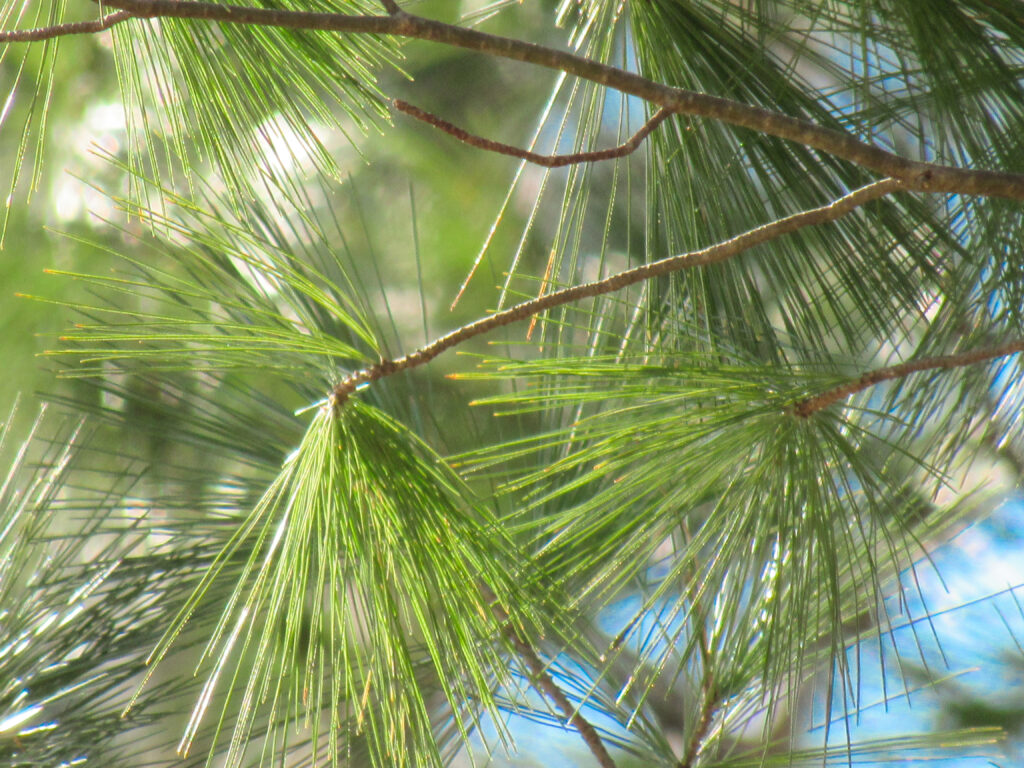
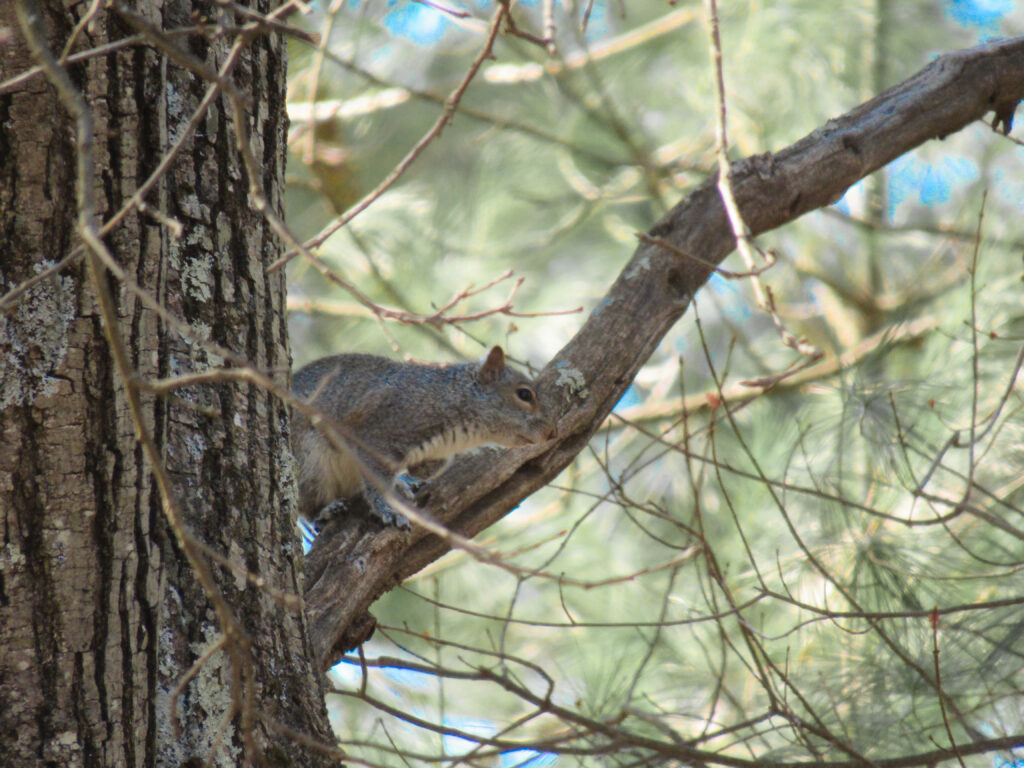
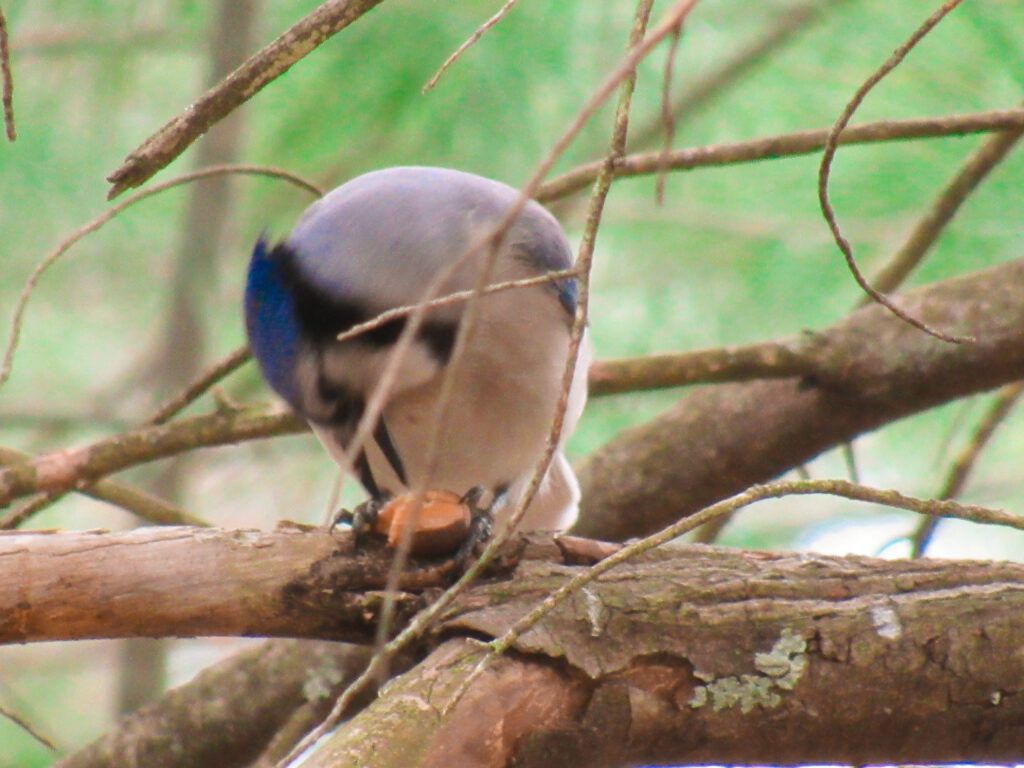
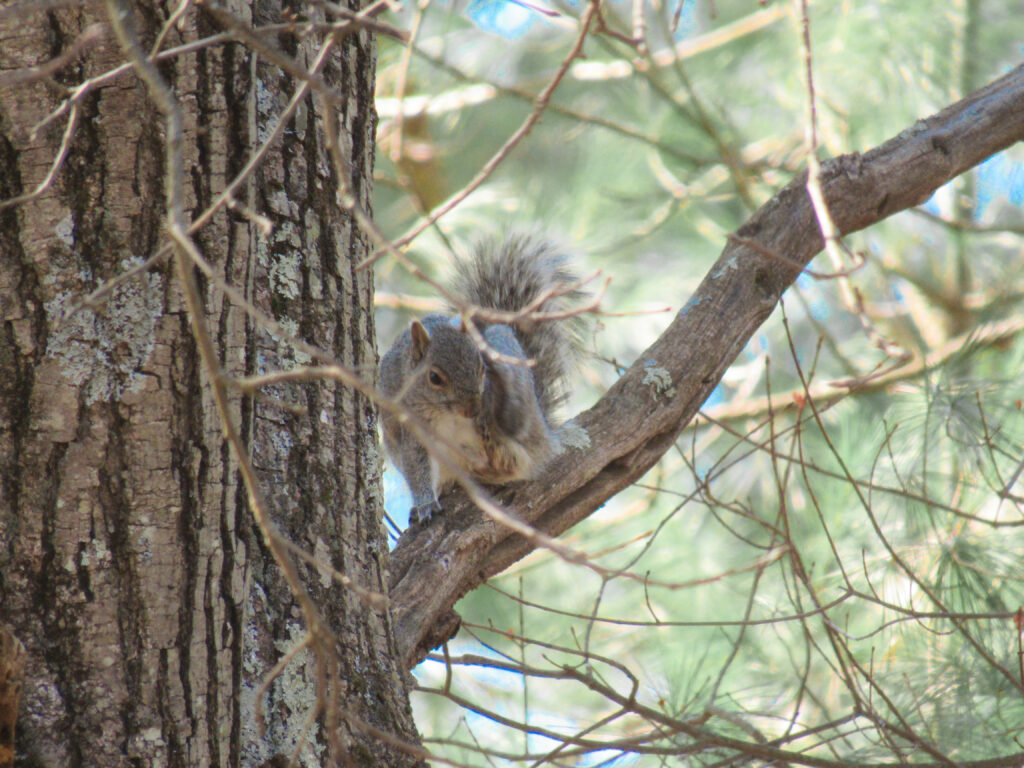
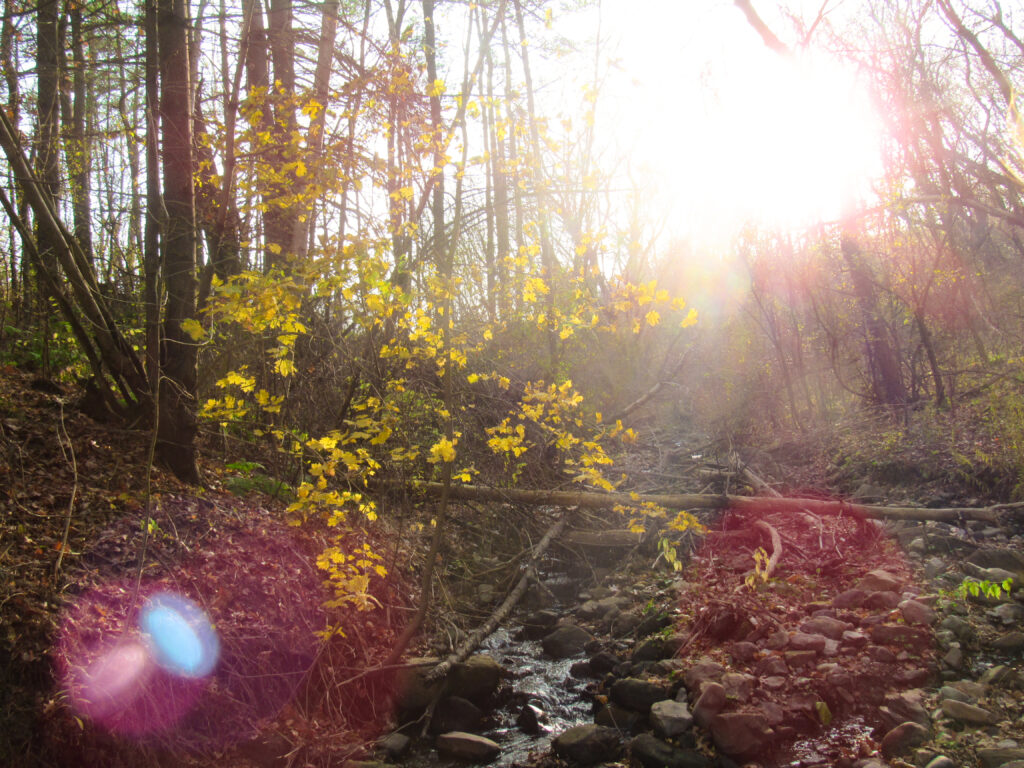
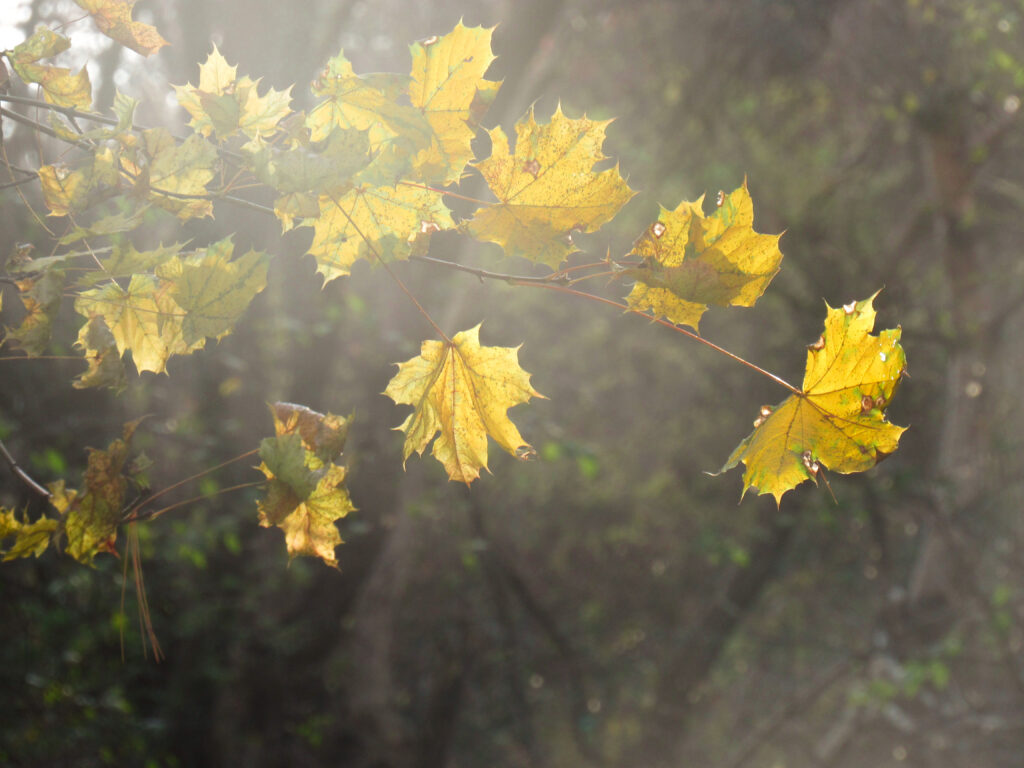
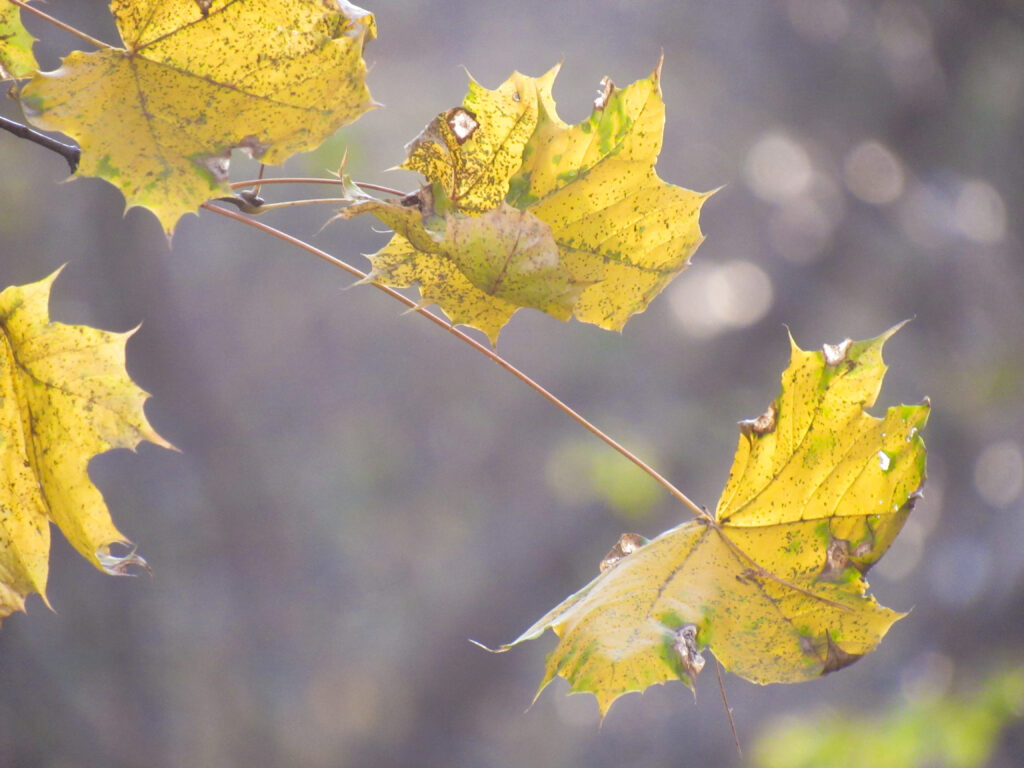
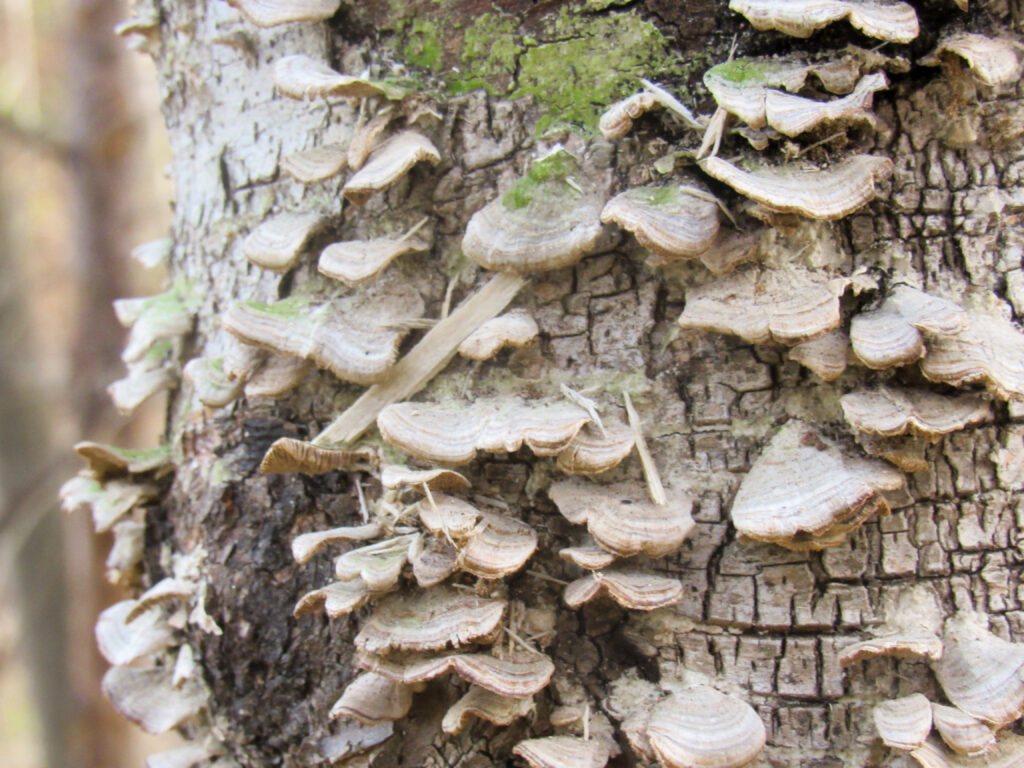
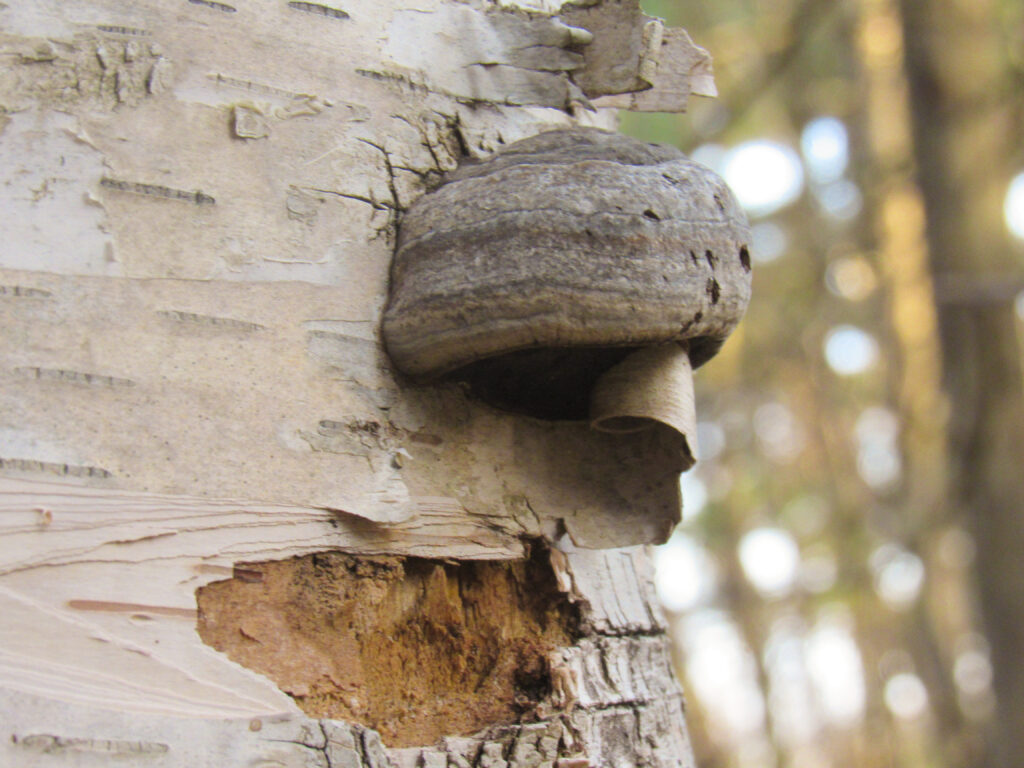
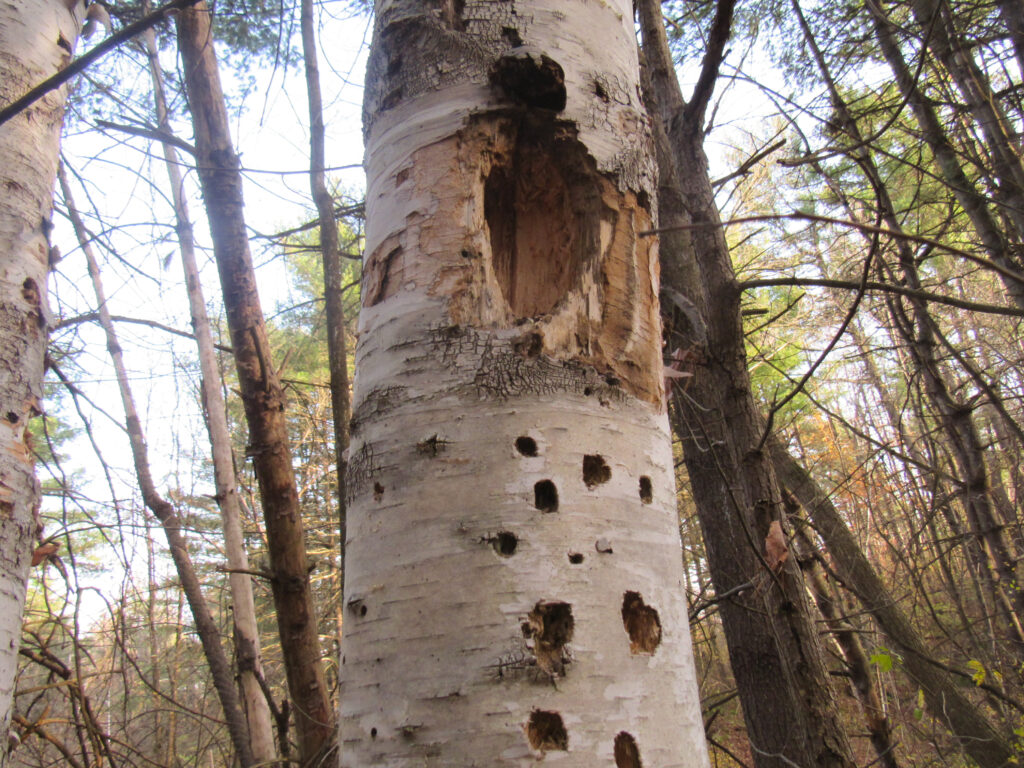
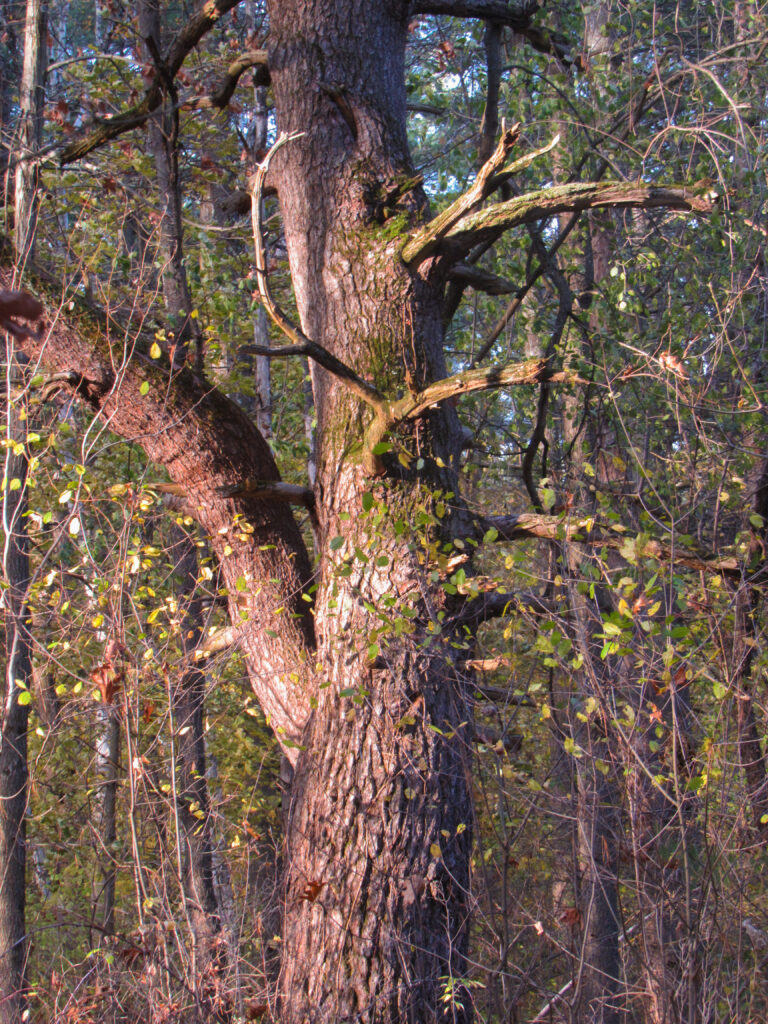
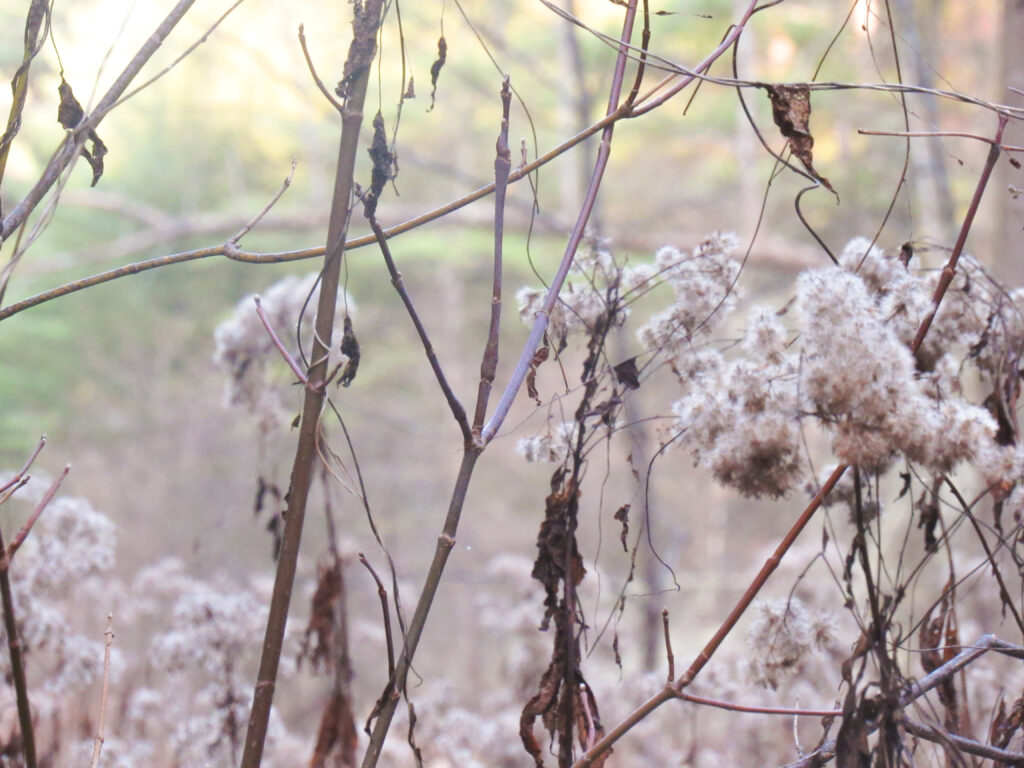
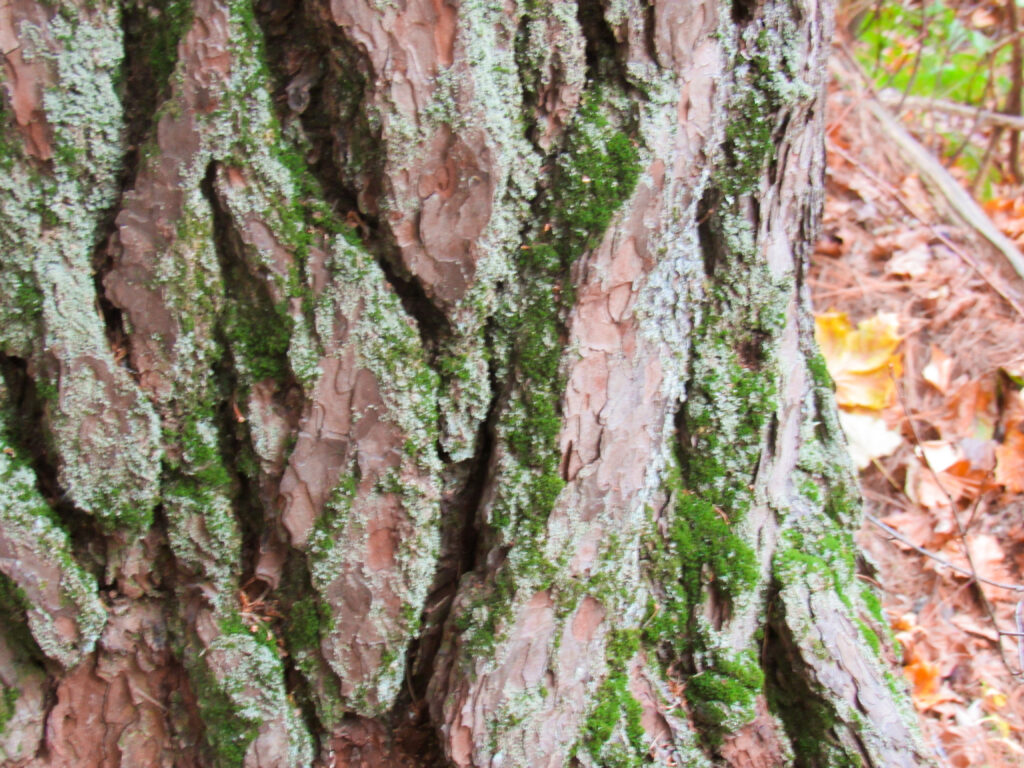
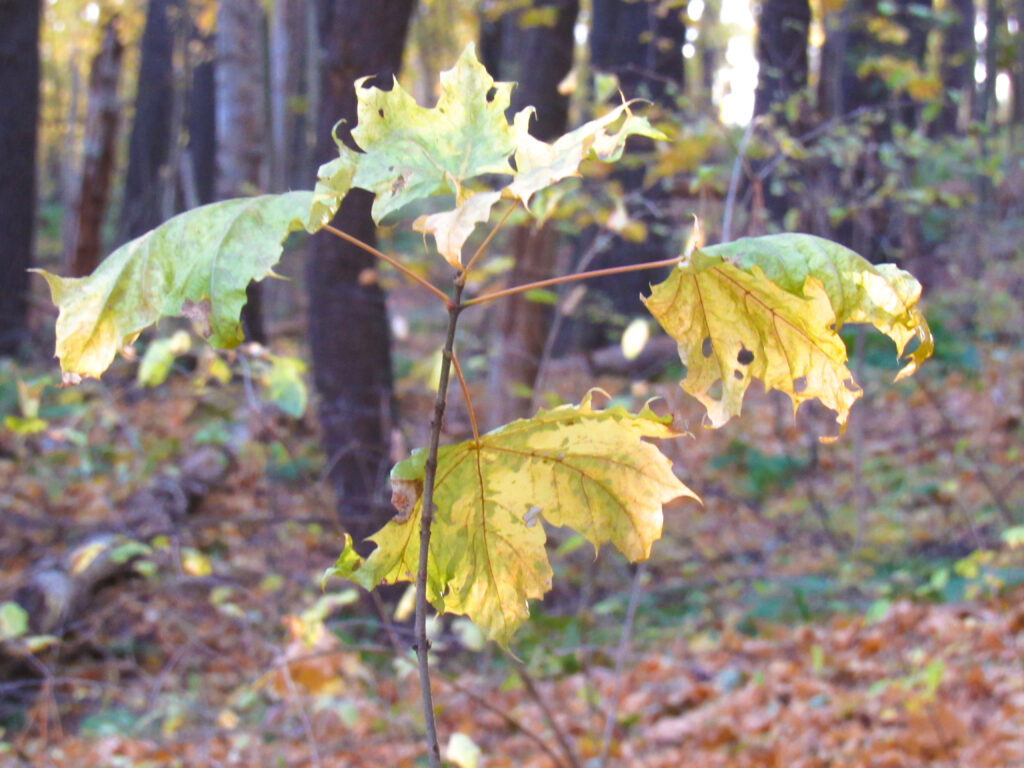
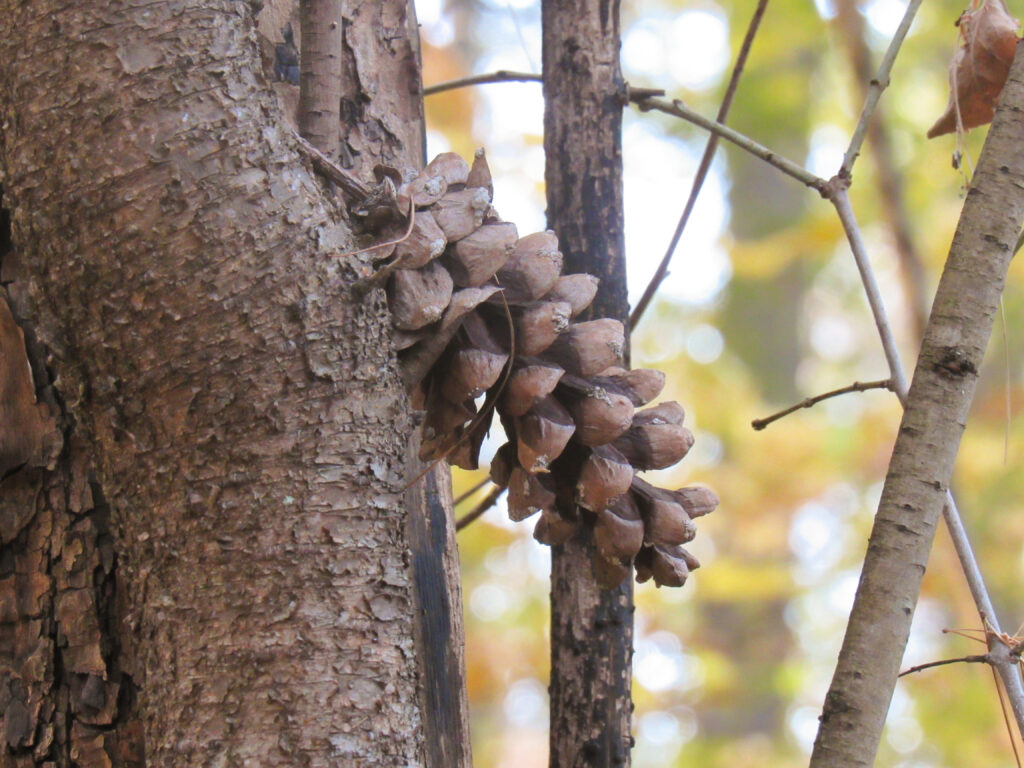
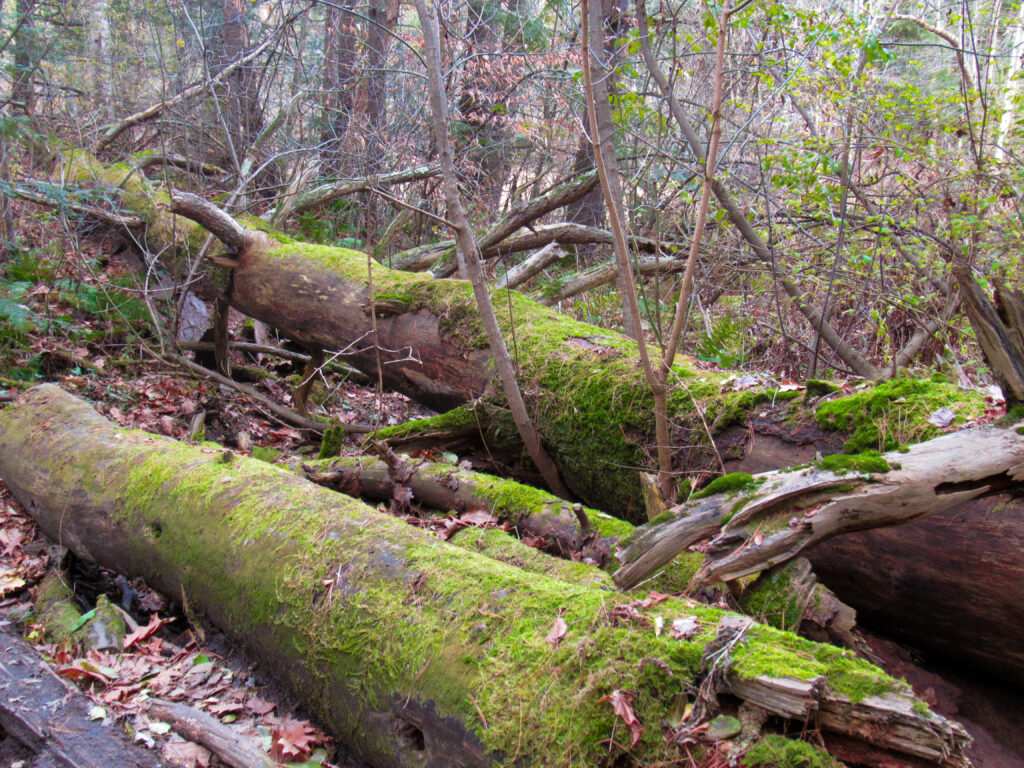
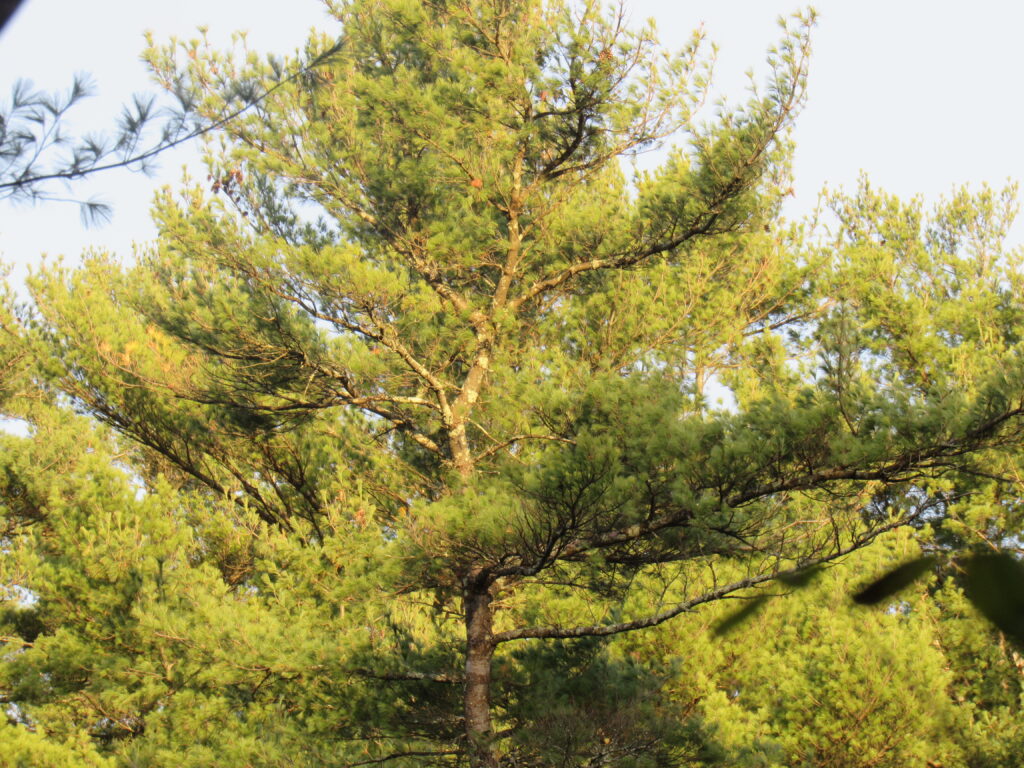
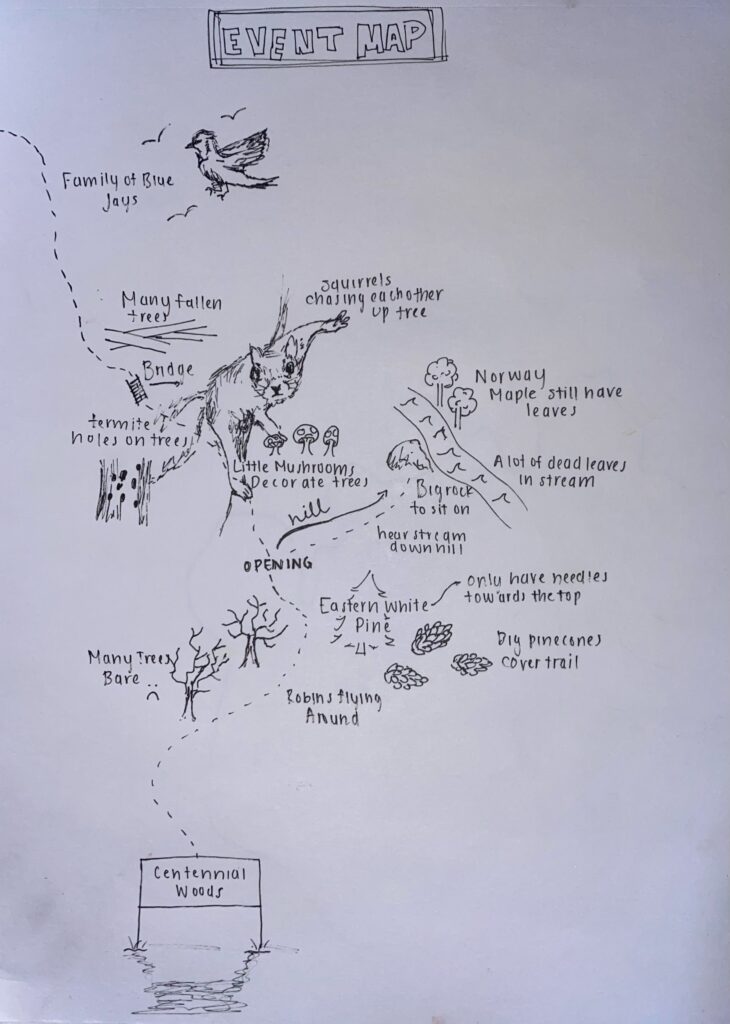
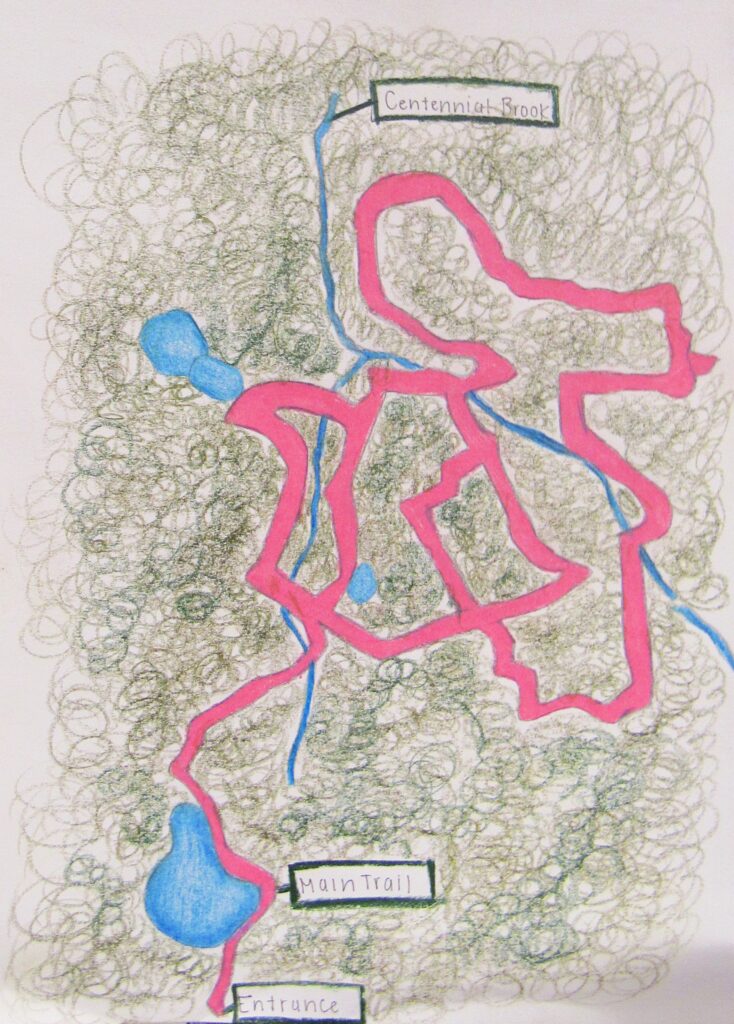
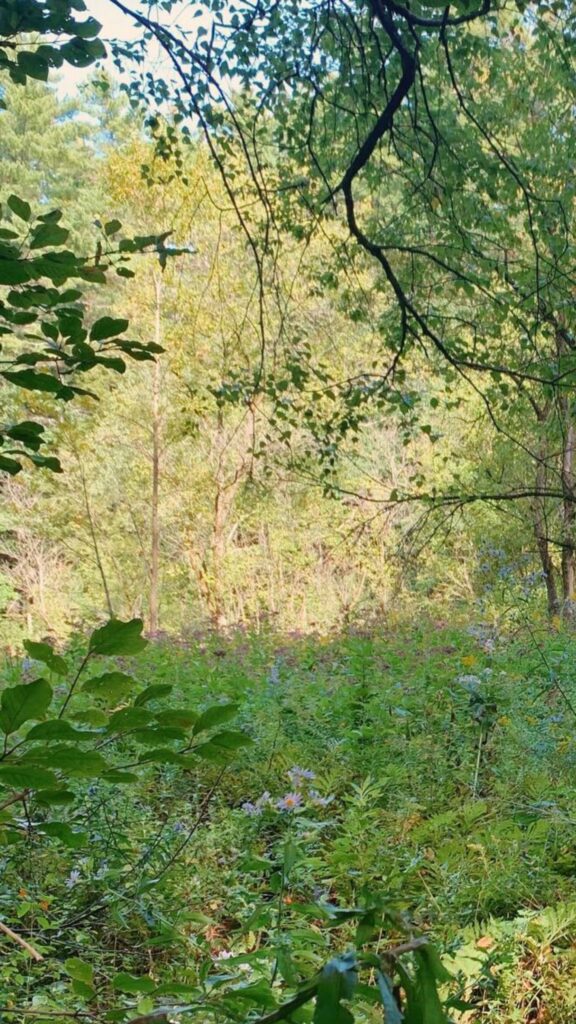
Recent Comments